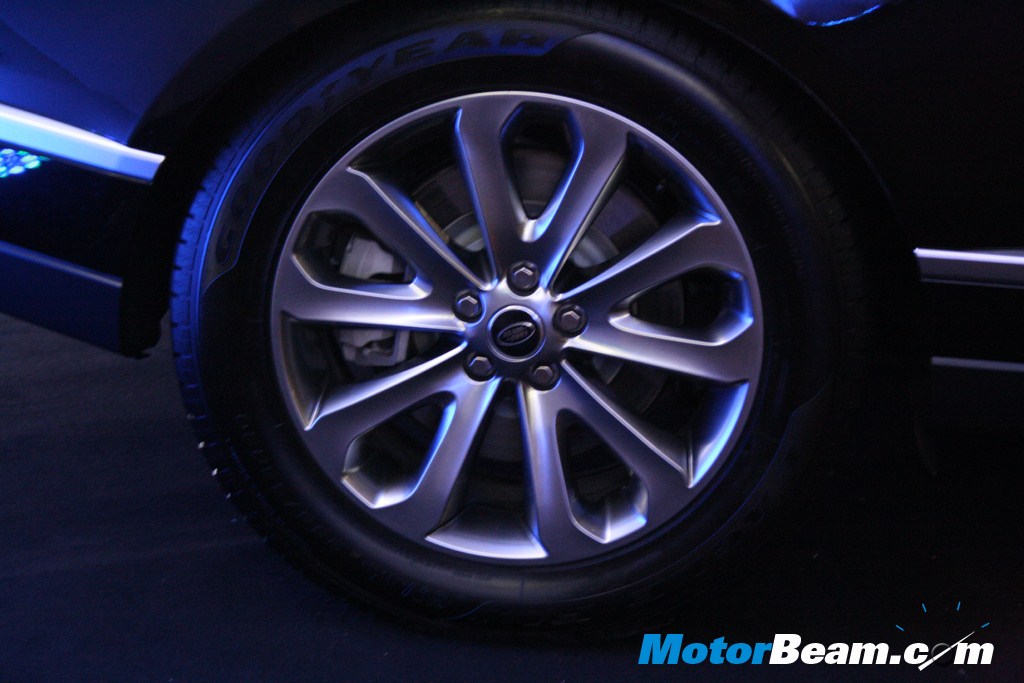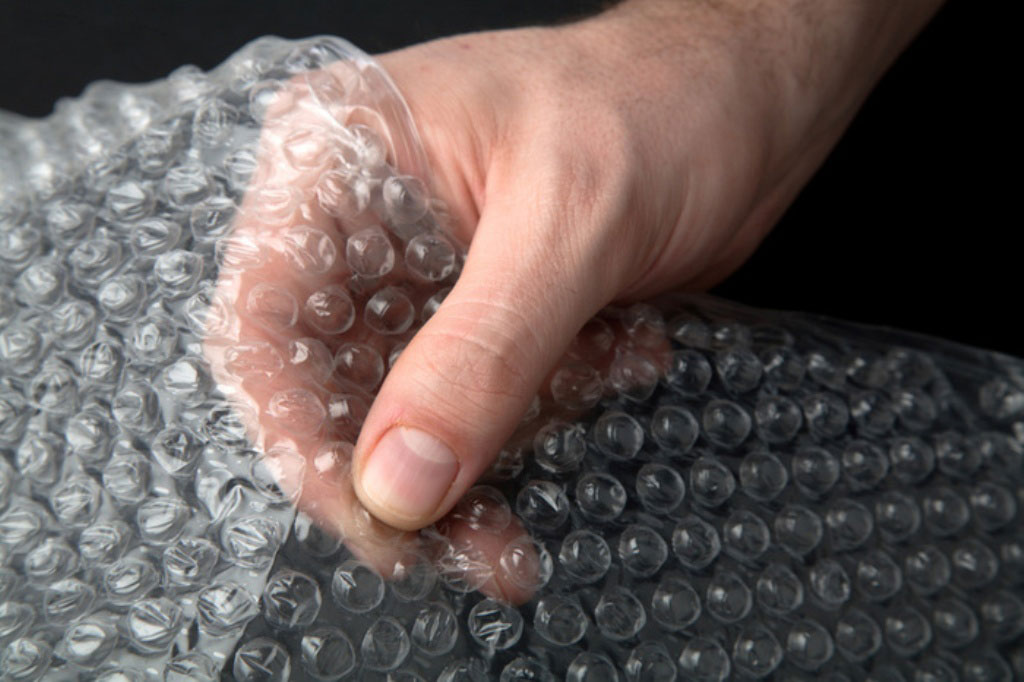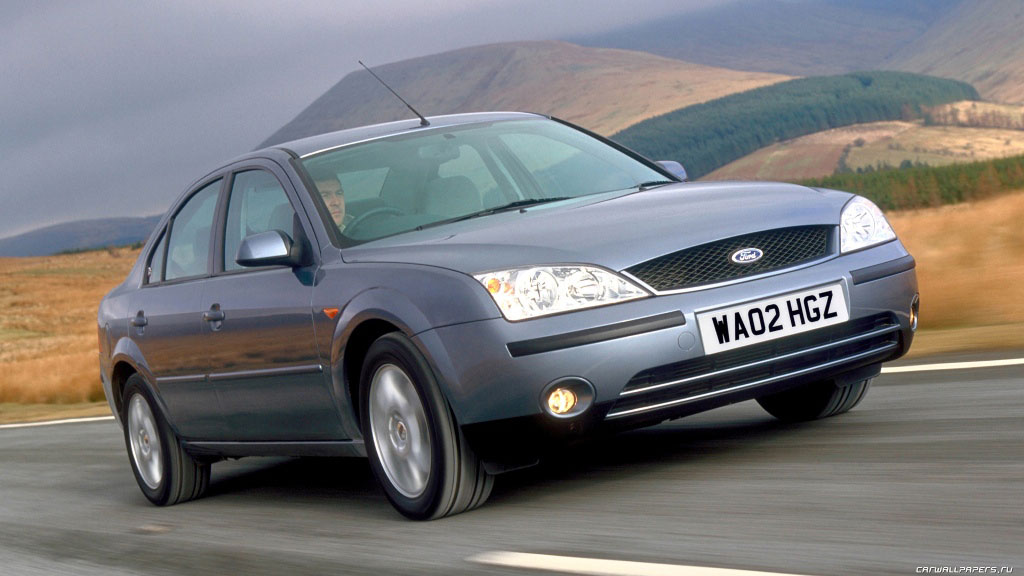Tyres are subjected to kilometres of use and abuse and lose their tread with time. Car tyres don’t come cheap and it is important to maintain your tyres for as long as possible. In most cases, the tyres have uneven tread wear and rotating your tyres will offset the difference. Regular rotation of your tyres will save your money by increasing the life of your tyres and give you a smoother and a safer ride.
Things You Will Need –
- 4 Jacks
- Wheel spanner
- Jack handle
Step 1 – Park your car on a levelled surface

Park your car on an even road surface, preferably on a concrete road. Since the car will be in air on all four corners, it will be a safety hazard to risk rotating your tyres on an uneven surface. If the vehicle does drop from the jack stand, it will damage the wheel studs and the brake pads amounting to heavy repairs. Once you have parked the car, put the car in the first gear and apply the handbrake to avoid unnecessary slipping.
Step 2 – Loosen the Wheel nuts
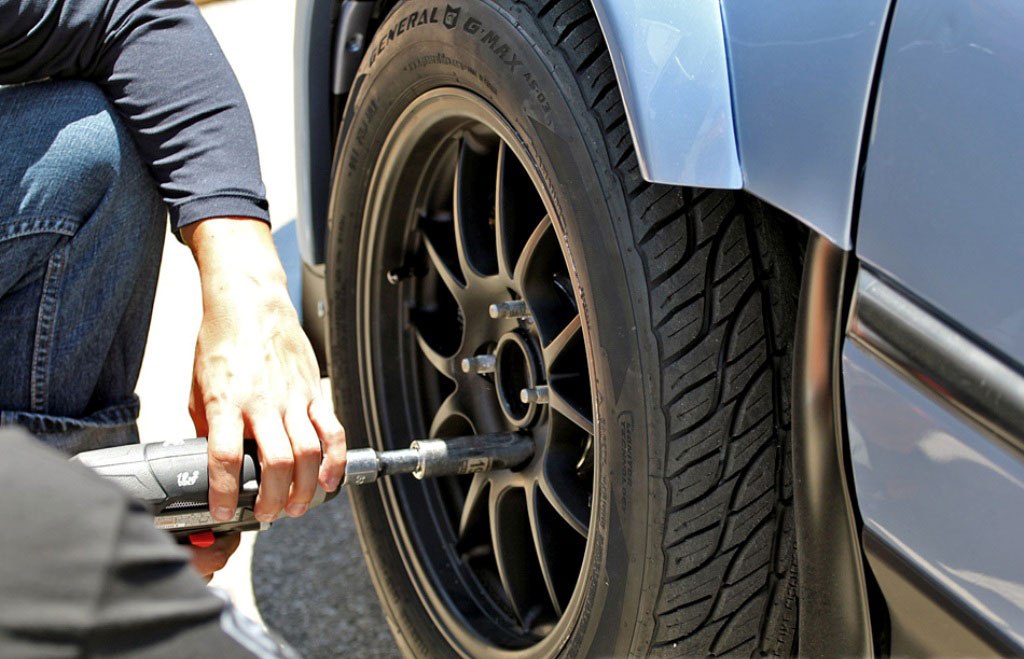
Once the car is stable, it is time to loosen the wheel nuts. You will be using the wheel spanner to do the same. Most wheel spanners are four-arm spanners; the right arm will slip in easily without any rattle. Remove the wheel cover and loosen the wheel nuts. You will have to apply a lot of force to loosen the nuts at this point. Applying pressure with your feet will help. Again loosen the nuts at this point, do not remove the nuts completely. Remember to loosen the nuts in a diagonal pattern i.e. top left nut first and the bottom right nut next.
Step 2 – Lift the car
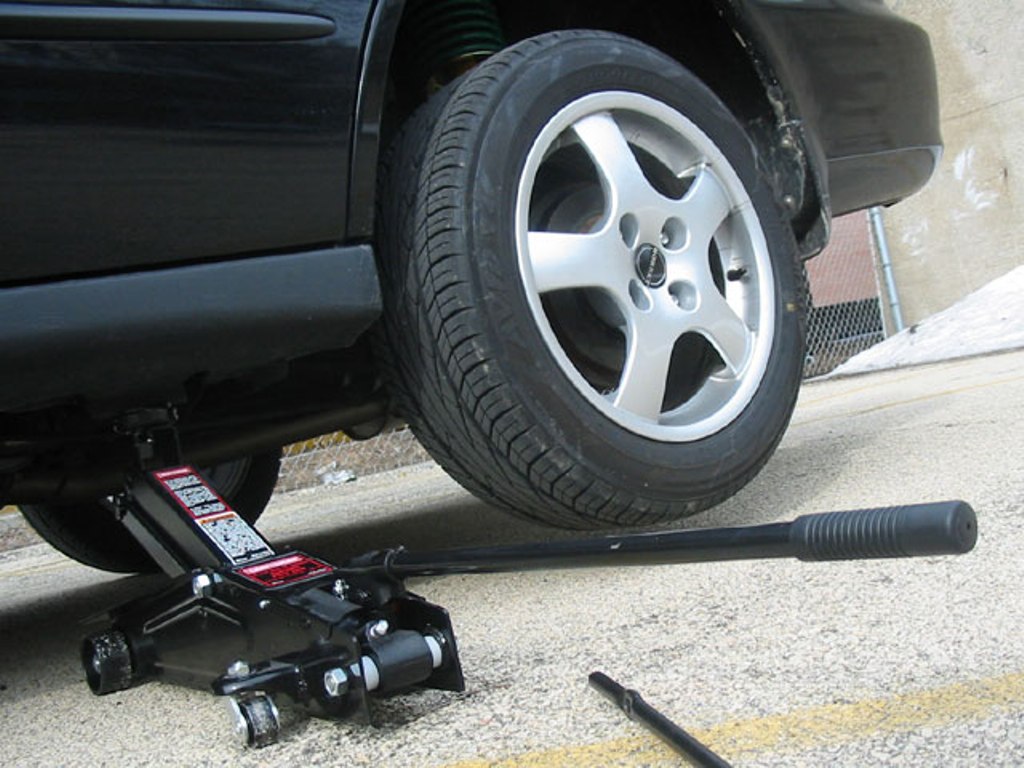
Your car will have a marking at the back of the front tyres and in front of the rear tyres as to where the jack stands need to be fixed. When you fix the jack stand, make sure it is perpendicular to the ground and does not bend or move. Once assured, raise the jack until all tyres are above the ground and are supported by the jack.
Step 3 – Rotating the tyres
The tricky part is to know whether your tyres are directional or non-directional tyres. Most cars come with regular or non-directional tyres that have the same tread on all the tyres, whereas directional tyres are specifically designed to be placed on either only on left or the right side of the car.
Non directional
Non directional tyres can be mounted on any wheel of the car for any direction of rotation.
For Front Wheel Drive Cars
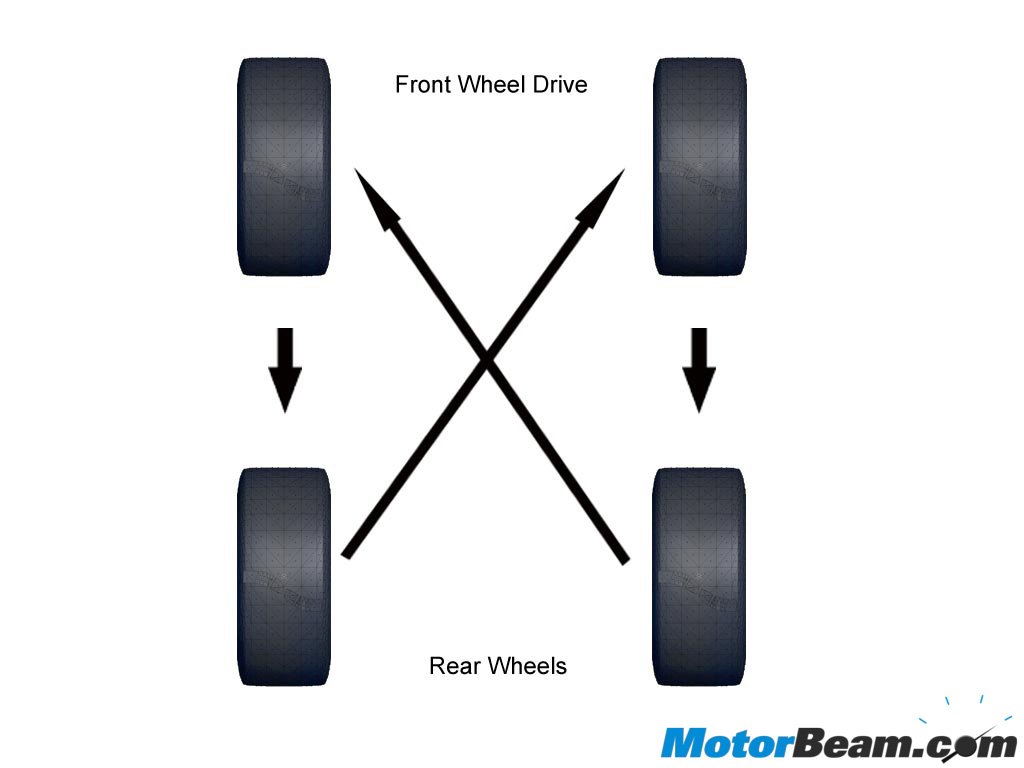
Move the rear tyres in a cross pattern to the front tyres, and move the front tyres to the rear on the same side of the car, as shown in the image below.
For Rear Wheel Drive Cars
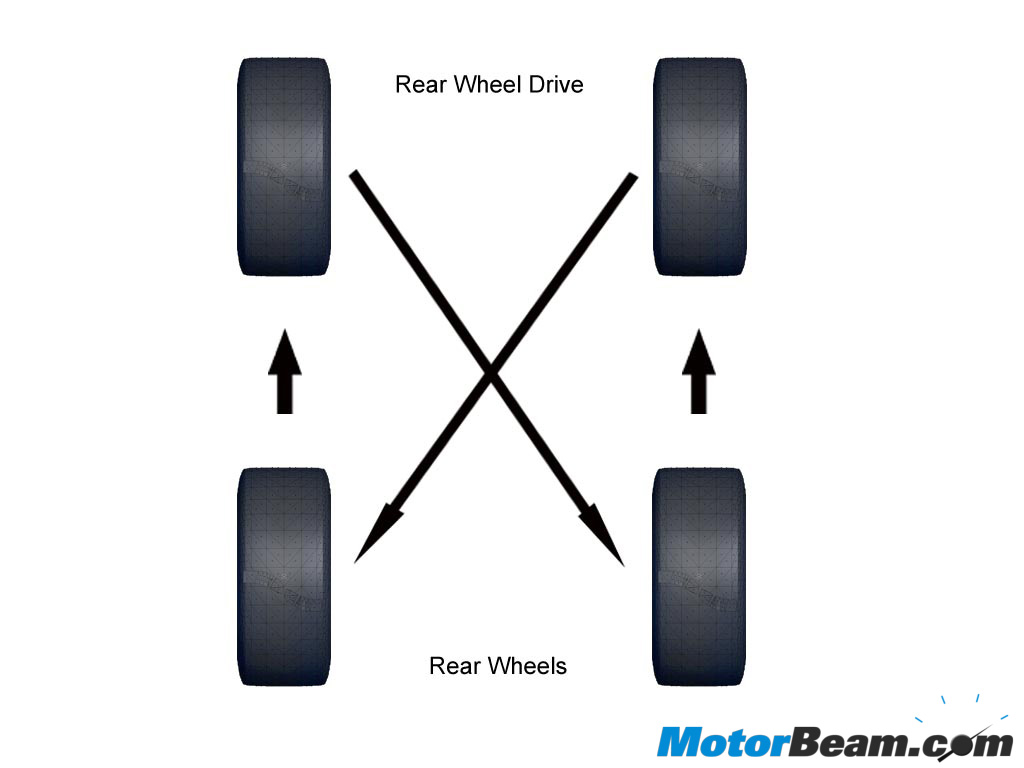
Move the front tyres in a cross pattern to the rear tyres, and move the rear tyres to the front on the same side of the car, as shown in the image below.
For Four Wheel Drive Cars
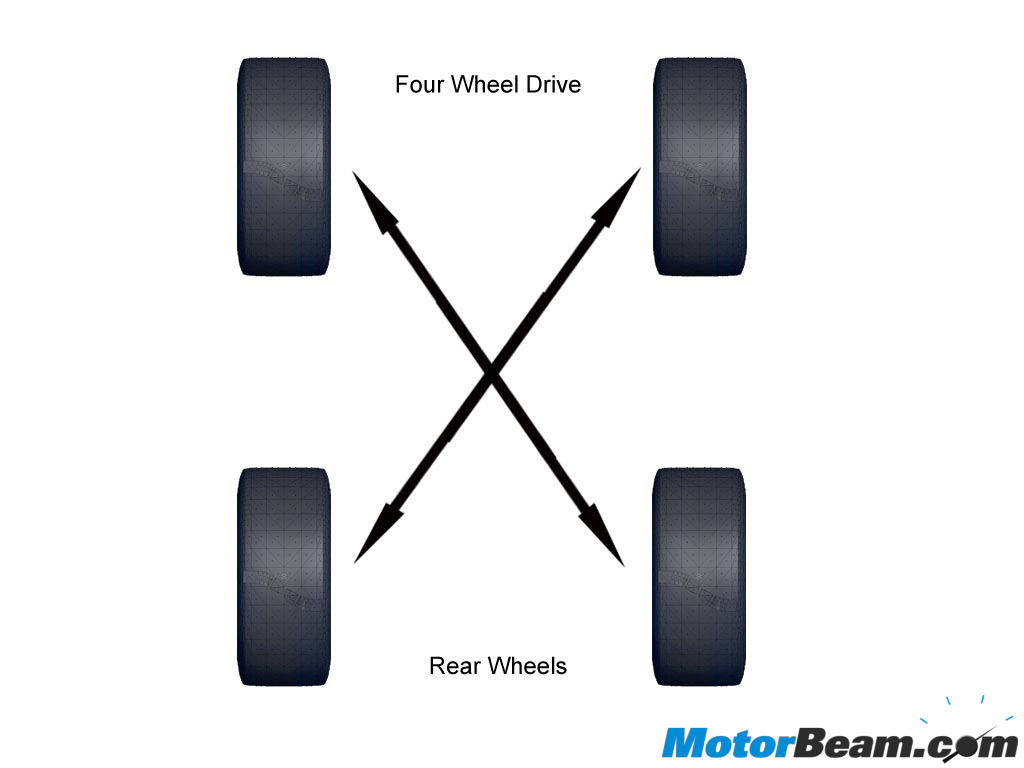
With four wheel drive cars, the front tyres need to be moved to the rear in a cross pattern while the rear tyres will be moved to the front in a cross pattern again. Refer to the image above.
Directional
Directional tyres are specifically designed for either the left or the right side of the car and have a one-way tread pattern. Your manual should be able to tell you the kind tyres you have on your car. Directional tyres are designed for better cornering at high speeds, and improve wet traction.
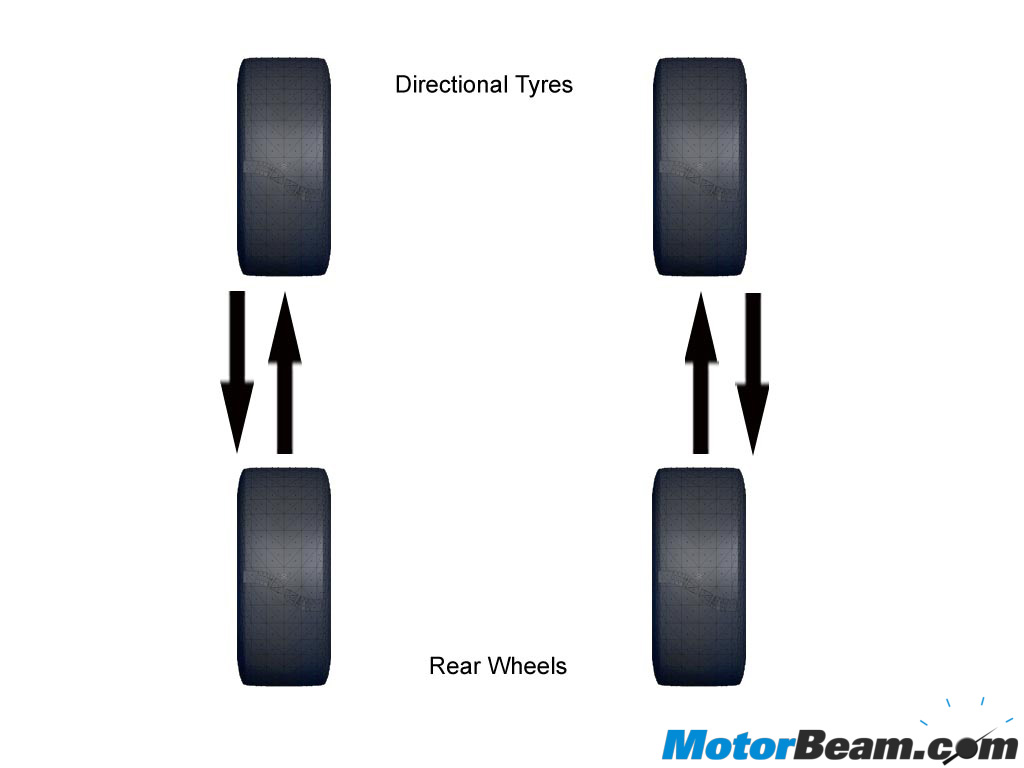
For directional tyres, you can only change your tyres on the same side of the car. The left side tyres will be moved from the front left side to the rear left side and the right side tyres will be moved from the front right side to the rear right side.
Step 4 – Lower the car from jack stands
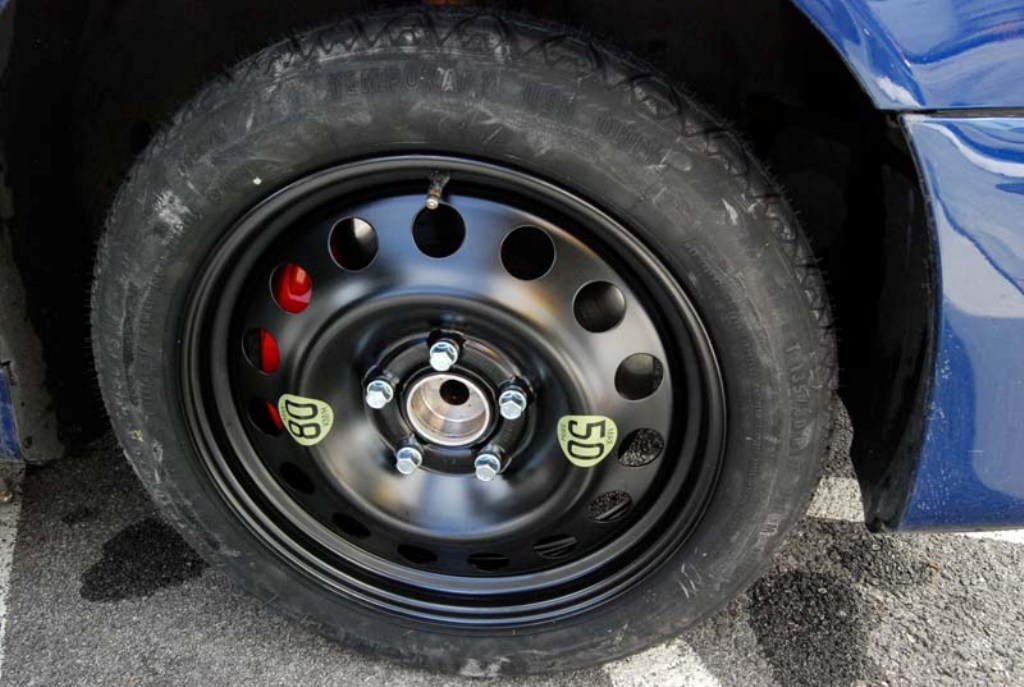
Once the tyres have been mounted and you have hand screwed the wheel nuts on the tyres, lower the car from the jack stands. Tighten the nuts when you have lowered the car using the wheel spanner again diagonally. The last thing that remains is putting back the wheel covers and voila you have just rotated your tyres.
Should you use the spare tyre?
If you do have a full sized spare, you can use it to give rest to one of your tyres and rope in the spare instead. But check if the tyre is full sized or not, a smaller tyre is not designed to run for longer periods and is used to only get you to the nearest repair shop.
On an average, rotating your tyres will take not more than 20 minutes of your time and will lengthen the life of your tyres. You can rotate your tyres at every 10,000 kms. If you do not find the time to do so, you can ask the service station to carry out the task for you whenever you give it for servicing, also sparing the task of finding more jacks for your car.


